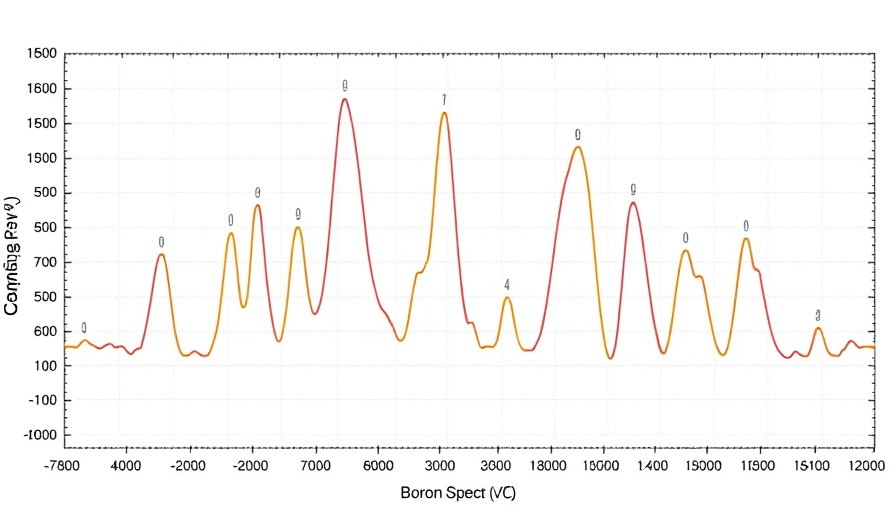
Unveiling Dark Matter: The Importance of Cosmic-Ray Research
The recent findings from the Dark Matter Particle Explorer (DAMPE), also known as "Wukong," are pushing the boundaries of what we know about cosmic rays and dark matter.
By producing a high-precision cosmic-ray boron spectrum, the DAMPE collaboration has revealed critical insights into the behavior of cosmic rays across a vast energy range of 10 GeV/n to 8 TeV/n. Notably, the team identified a spectral "hardening" phenomenon around 182 GeV/n, a first in the field, representing a significant leap in our understanding of cosmic-ray propagation.
The Role of DAMPE in Cosmic-Ray Studies
DAMPE is equipped with state-of-the-art technology, including the thickest calorimeter made of bismuth germanium oxide used in space missions. This equipment allows for energy coverage that exceeds two times the capacity of previous experiments, establishing DAMPE as a leader in cosmic-ray detection.
The Plastic Scintillator Detector (PSD), developed by the Institute of Modern Physics of the Chinese Academy of Sciences, serves a pivotal role in identifying cosmic-ray nuclei, making it integral to DAMPE's precision measurement capabilities. Such advancements ensure more reliable data for researchers, paving the way for more rigorous studies into cosmic rays and their interactions
Why the Hardening Phenomenon Matters
The hardening observed in the boron spectrum indicates profound implications for cosmic-ray physics. This phenomenon suggests that cosmic-ray boron levels are not merely a result of cosmic background interference, but are instead produced through fragmentation reactions involving primary cosmic rays like carbon and oxygen. This insight aligns with theoretical predictions and enhances our understanding of the processes shaping cosmic-ray abundances.
Moreover, the hardening of secondary boron spectra compared to primary cosmic rays opens avenues for refining existing theoretical models, ultimately enriching our grasp of cosmic phenomena and interstellar mechanics.
The Collaborative Effort Behind the Breakthrough
The DAMPE findings are the result of collaborative efforts from institutions globally, including the Purple Mountain Observatory of CAS, the University of Science and Technology of China, the Gran Sasso Science Institute in Italy, and the University of Geneva in Switzerland. This international cooperation showcases a unified desire to explore and unravel the mysteries of the universe through enhanced technology and shared knowledge.
Such collaborative endeavors are crucial for the future of space research, reminding us that uncovering the complexities of the cosmos often requires diverse expertise and innovative tools.
Future Implications for Dark Matter Research
This recent discovery points toward exciting potential in the exploration of dark matter and could help solve many pressing questions in astrophysics. The data gathered from DAMPE suggests that dark matter may not be as elusive as previously thought, and insights from cosmic-ray studies may guide future research.
As we unlock these mysteries, further studies of cosmic rays could lead to groundbreaking discoveries. Researchers are optimistic that continuing to refine measurement techniques will yield further insights in the quest to understand the universe's fundamental components.
In conclusion, the advancements made possible by DAMPE represent a crucial step in cosmic-ray research, keeping the spirit of discovery alive in the scientific community. As researchers continue to decode the universe's complexities, we can only anticipate what lies ahead.
 Add Row
Add Row  Add
Add 




Write A Comment